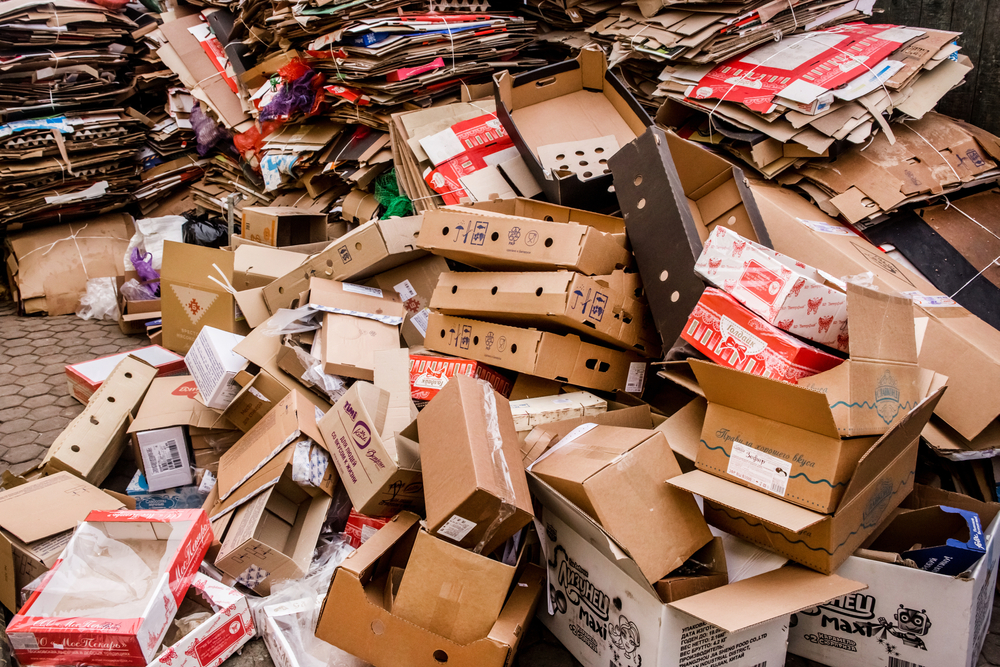Swiss company Exlterra (Excellence for Earth) in partnership with Ukrainian entity State Specialized Enterprise Ecocenter (SSE Ecocenter) has successfully reduced radiation in the soil and air in the Chernobyl exclusions zone thanks to a new technology called Nucleus Separation Passive System (NSPS).
The team tested the NSPS technology in a 2.5-acre area (1 hectare) between November 2019 and September 2020, and was happy to report that in the end, the radiation contamination levels in the soil remarkably decreased by 37 percent, and in the air by 47 percent.
Before, it would have taken at least 24 thousand years for the area to rid itself of radioactive contaminants through natural decomposition. According to the test results for Exlterra’s new technology, this waiting period could potentially be reduced to just five years.
How does NSPS technology work?
NSPS technology does not employ chemicals or environmentally harmful materials but implements the science behind particle physics and nuclear energy to accelerate the decomposition process of radioactive elements.
To do this, NSPS technology leverages high-velocity particles called positrons to direct this naturally occurring force towards radioactive isotopes in the soil. This process, which is conducted under the surface of the soil, breaks the bonds that hold them together without releasing any radioactivity into the ground or air. When the positron meets the radioactive isotope, it rejoins an electron and transforms the radioactive matter back to its original matter.
While the exhaustive results of the experiment have not yet been released, CEO of Exlterra Frank Muller confidently says that they “are on track to reach [their] longer-term objective of returning the installed zone to baseline or natural levels five years after completion of the installation.”
General Director of SSE Ecocenter in Chernobyl Sergiy Kireiev is impressed by the development, saying “these results are remarkable. It is the first time in 35 years that such technology has succeeded in reducing the level of radioactivity in the soil and air so significantly. This is real hope for the whole area, including the treatment of the sarcophagus.”
Muller is also excited to “quickly offer [the] solution at other problematic sites around the world, including Fukushima in Japan,” and stresses that NSPS technology will also prevent “the discharge of radioactive water into the oceans and thus prevent a new ecological catastrophe.”
NSPS technology can be used to treat more than radioactivity but is also a viable solution to other sorts of soil contamination like heavy metals and perfluoroalkyl substances.
“We are only at the beginning of the virtuous application of such a technology,” says president and CTO of Exlterra Andrew Niemczyk. “As with our other successfully commercialized technologies, we have demonstrated that we can use nature’s resources to heal the wounds we inflict on it. The common denominator of our technologies, installed underground, is the use of natural and renewable forces to achieve tangible results.”












